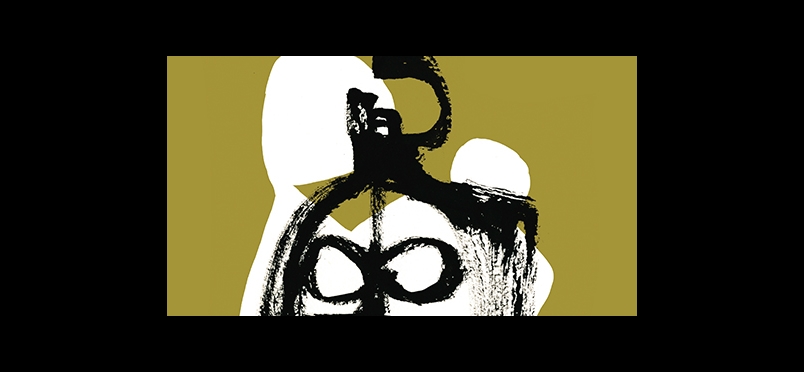| neuro-musculoskeletal pain
Chronic Pain: While Studying the Brain, Don’t Forget the Body

Connective Tissue Pathology Contributes to Musculoskeletal Pain
In an address delivered yesterday at the American Pain Society Scientific Meeting in Milwaukee, a senior official at the National Institutes of Health advanced the recommendation that more research is needed into the role of connective tissue changes in perpetuating musculoskeletal pain. Helene Langevin, MD, is director of the National Center for Complementary and Integrative Health. Findings from ultrasound studies conducted in her lab suggest that people with chronic low back pain have thicker connective tissues surrounding their back muscles. Dr Langevin commented “Connective tissues surrounding muscles in the back normally have alternating layers of fibers that handle substantial loads and glide easily. People with longstanding low-back pain have decreased gliding motion between connective tissue layers, which could contribute to functional impairment.”
In her address, Dr. Langevin noted the current emphasis in research into the role of brain mechanisms in chronic pain, observing that “Pain research in the past few decades has strengthened our view of chronic pain as a disease of the brain. As a result, some of the newer treatment approaches focus on ways to target neural pain pathways to help achieve relief. While this is important research, the brain isn’t the whole story in pain management.” She suggested that insufficient attention is being given to the effect of structural restrictions from connective tissue that can impede muscle function. Practitioners of complementary medicine acknowledge this role, she observed, and can bring effective therapies to bear on the problem. “Stretching and other manual-and movement-based therapies are grounded on the assumption that connective-tissue pathology contributes to musculoskeletal pain, and that mind and body approaches can help both reduce pain and improve function. We need to understand better how muscles, connective tissue, and the nervous system all contribute to musculoskeletal pain and how to address this in an integrative way”.
Read about the research findings.
Did you enjoy this article?
Subscribe to the PAINWeek Newsletter
and get our latest articles and more direct to your inbox